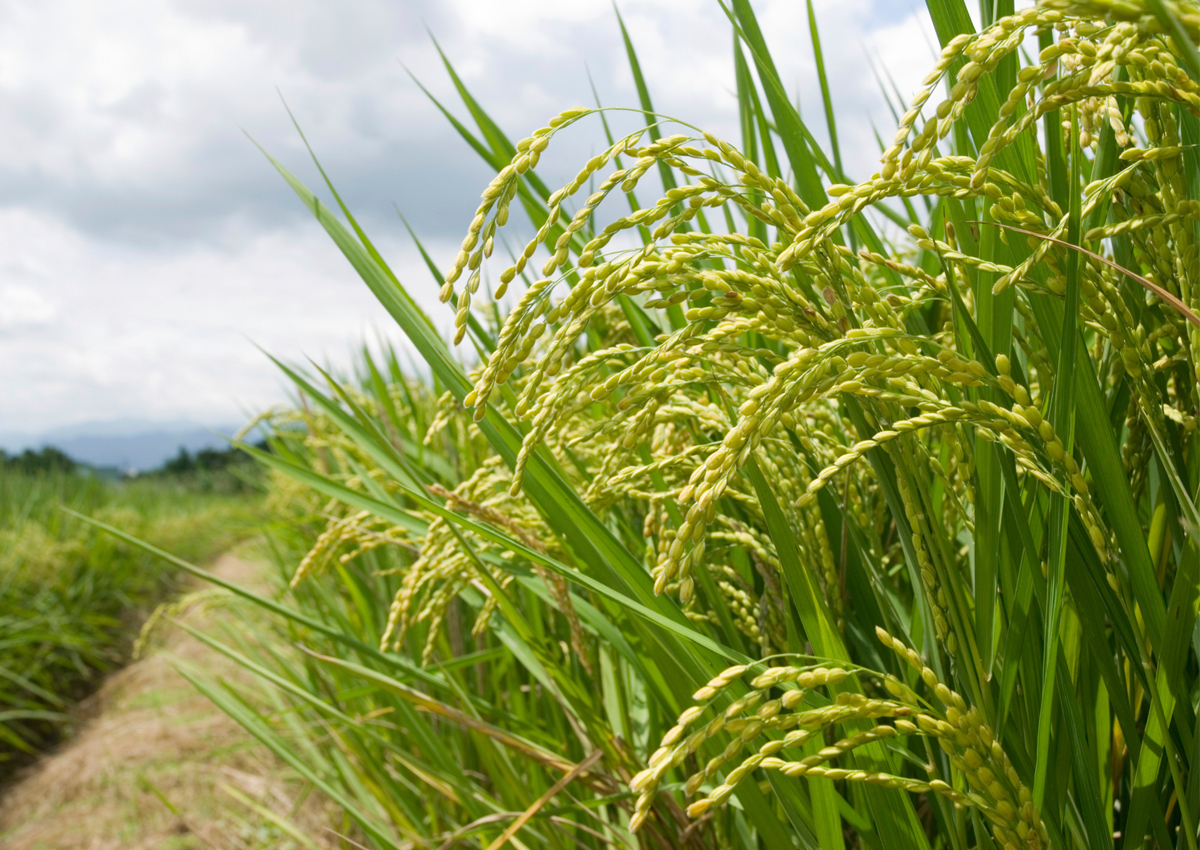
Researchers Use CRISPR-Cas9 to Alter Photosynthesis for the First Time
June 13, 2024| |
A team from the University of California, Berkeley's (UCB) Innovative Genomics Institute (IGI) has produced an increase in gene expression in a food crop by changing its upstream regulatory DNA. Other studies used CRISPR-Cas9 gene editing to knock out or decrease gene expression, this new research however, is the first unbiased gene editing approach to increase gene expression and downstream photosynthetic activity.
The work was pursued by the Niyogi Lab in the IGI as part of Realizing Increased Photosynthetic Efficiency (RIPE), an international research project led by the University of Illinois that aims to increase global food production by developing food crops that turn the sun's energy into food more efficiently. The lab planned to use CRISPR-Cas9 to change the DNA upstream of the target gene and wondered if making those changes would have an impact on downstream activity and by how much. They found that the changes in the DNA that increased gene expression were much bigger than expected and reported in other similar studies. In this study, RIPE researchers also learned that inversions, or “flipping” of the regulatory DNA, resulted in increased gene expression of the gene PsbS.
After the largest inversion was made to the DNA, the researchers conducted an RNA sequencing experiment to compare how the activity of all genes in the rice genome changed with and without their modifications. What they found was a very small number of differentially expressed genes, much smaller than similar transcriptome studies, suggesting their approach did not compromise the activity of other essential processes.
For more details, read the news article on the RIPE website.
| |
You might also like:
- Discovery Ends Long-Standing Photosynthesis Controversy
- Next-level Microscopy Reveals More About Photosynthesis at Atomic Level
- Experts Unlock Key to Photosynthesis
Biotech Updates is a weekly newsletter of ISAAA, a not-for-profit organization. It is distributed for free to over 22,000 subscribers worldwide to inform them about the key developments in biosciences, especially in biotechnology. Your support will help us in our mission to feed the world with knowledge. You can help by donating as little as $10.
-
See more articles:
-
Gene Editing Supplement (June 13, 2024)
-
Research and Tools
- Researchers Use CRISPR-Cas9 to Alter Photosynthesis for the First Time
- Experts Report Gene Editing Breakthrough in Maize
- CRISPR Produces Camelina with Higher Oil Content
- Chinese Researchers Improve Biotic Stress Tolerance of Cotton
-
Read the latest: - Biotech Updates (December 17, 2025)
- Gene Editing Supplement (December 17, 2025)
- Gene Drive Supplement (February 22, 2023)
-
Subscribe to BU: - Share
- Tweet

